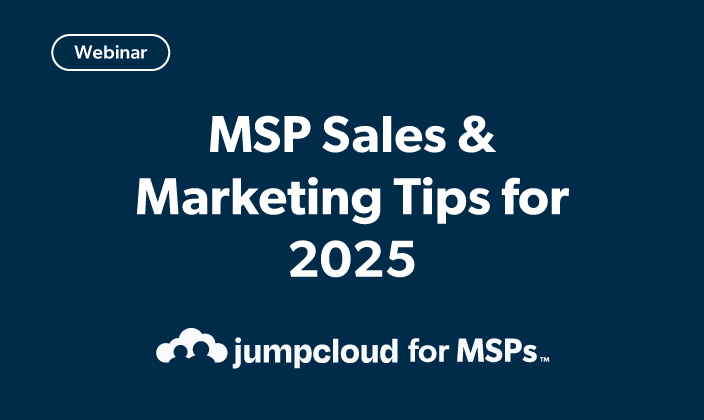Is your client’s SaaS usage becoming hard to manage?
SaaS sprawl, along with shadow IT, is a growing challenge for managed service providers (MSPs). Issues like rogue subscriptions, redundant tools, and security risks don’t just create headaches—they can hurt your service delivery, strain your clients’ budgets, and weaken their security.
The good news is that MSPs can address SaaS sprawl. With the right tools and efficient processes, this challenge can become an opportunity to provide greater value to your clients.
Understanding SaaS Sprawl
SaaS sprawl occurs when businesses adopt too many software-as-a-service tools without proper oversight.
It’s a growing issue for companies of all sizes.
Employees often sign up for tools on their own to work more efficiently, and leadership may fail to monitor these choices. Over time, this leads to fragmented tool usage, duplicate apps, rising licensing costs, and serious security risks.
The implications for MSPs:
- Monitoring headaches – The more decentralized the SaaS environment, the harder it becomes to monitor and secure.
- Data breaches and compliance risks – Untracked SaaS apps can bypass IT governance, leaving sensitive data exposed.
- Cost escalation for clients – Unused subscriptions can quickly inflate your budget.
- Weakened trust – When clients face wasted expenses or vulnerabilities, they may turn to you for answers—whether or not you’ve retained visibility.
MSPs, take note: addressing SaaS sprawl could be your key to establishing credibility and long-term partnerships with your clients.
Tackling SaaS Sprawl Like a Pro
Here’s how MSPs can regain control and master SaaS sprawl for their clients:
1. Conduct Comprehensive SaaS Discovery
You can’t manage what you don’t know.
Start by using tools designed to identify all SaaS applications being used across the client’s organization—both approved and unapproved. Discovery tools provide a complete inventory of SaaS usage, giving MSPs the visibility needed to evaluate risks, costs, and redundancies.
Pro Tip: JumpCloud’s SaaS Management feature allows MSPs to pinpoint which apps clients are actually using (or neglecting!).
2. Centralize SaaS Management
After understanding the full SaaS picture, the next step is to consolidate. Using a single platform for SaaS management allows MSPs to centralize control and simplify app management.
Centralizing SaaS management means:
- Simplifying subscriptions and renewals.
- Managing user access from one dashboard.
- Automatically flagging or blocking unsanctioned app usage.
Not only does this save time for both you and your client, but it eliminates the chaos of juggling multiple tools and logins.
3. Educate Employees About Shadow IT Risks
Shadow IT—when employees use unauthorized apps—is one of the biggest drivers of SaaS sprawl.
Work closely with clients to provide education sessions for employees. Teach them:
- The significant security and compliance risks shadow IT brings.
- The benefits of using approved apps for productivity.
- How they can suggest new tools through the appropriate approval channels.
Empowering employees to respect IT policies while making them feel heard is crucial to long-term success.
Check out the on demand webinar Shadow IT: The Silent Threat to MSPs to glean the latest insights on shadow IT—the growing threat, common causes, potential consequences, and, most importantly, effective strategies to help protect clients from harm.
4. Develop a Clear SaaS Policy
MSPs should guide their clients in creating policies that outline acceptable SaaS usage company-wide. A robust SaaS policy answers questions like:
- How are new SaaS applications evaluated and approved?
- What access controls and permissions apply to SaaS apps?
- How often is SaaS usage reviewed and audited?
Make this a living document. SaaS ecosystems evolve quickly, and regular updates ensure policies align with real-world usage. Your proactive input in building this document strengthens your standing as a trusted advisor.
Why JumpCloud Helps MSPs Win the SaaS Battle
An ad hoc approach to managing SaaS sprawl won’t work in 2025. That’s why MSPs rely on JumpCloud’s SaaS Management platform. It helps MSPs tackle SaaS challenges with accuracy and efficiency while strengthening client relationships. Here’s what it offers:
- SaaS discovery and monitoring: Get a clear view of every SaaS app in use, even unauthorized ones, so nothing goes unnoticed.
- Improved security: Automatically alert or block users trying to access unsanctioned SaaS domains, preventing potential security issues.
- License optimization: Spot underused or duplicate licenses, saving clients money without affecting productivity.
With JumpCloud, managing SaaS apps becomes easier and adds value to your MSP services.
Want a head start? Learn more about JumpCloud for MSPs to combat sprawl, boost security, and streamline costs for your clients.




